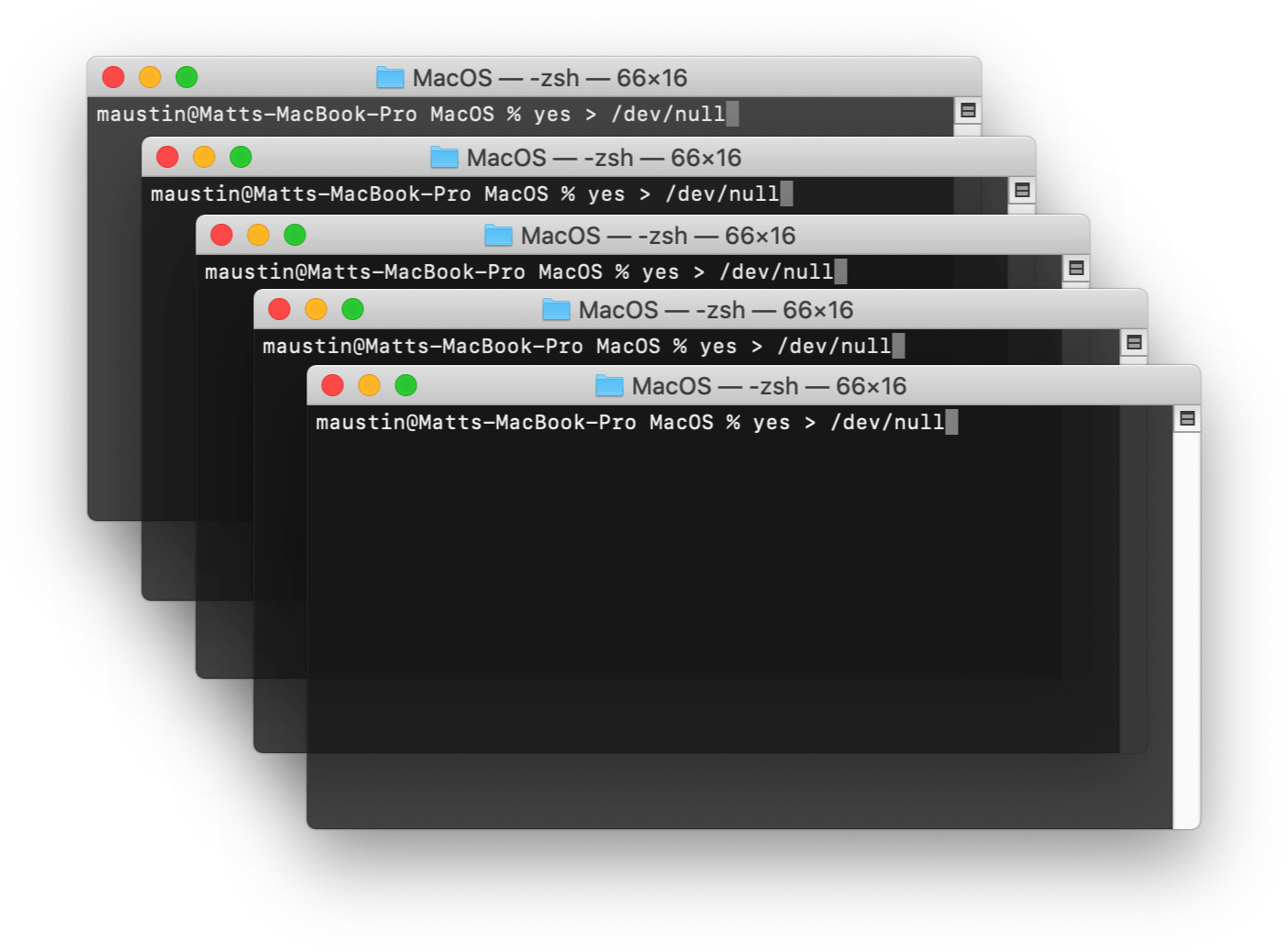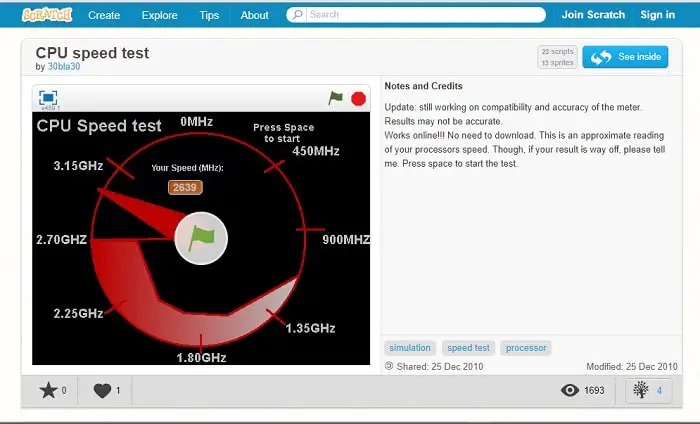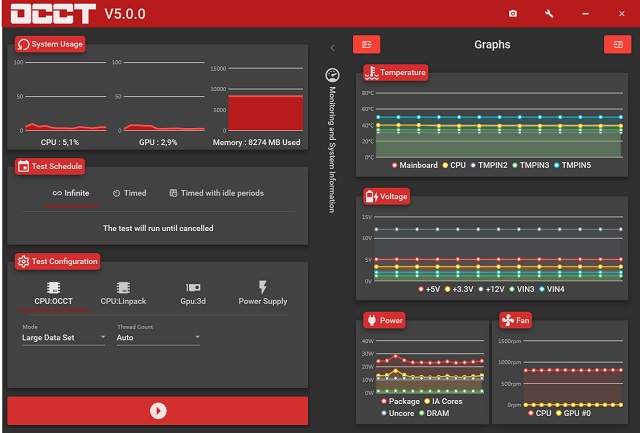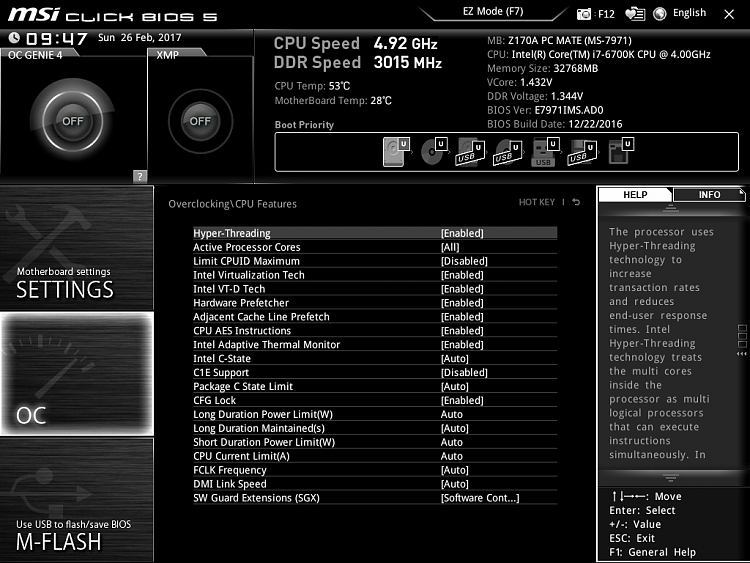

If you like this work, please star it on GitHub.Do note that it is important to thoroughly test your hardware. To open a Pull Request, please see CONTRIBUTING for more information. If you notice a bug, please report it as a new issue, using the provided template. New issues and Pull Requests are welcome :) You might consider also decreasing the size of the font that you use in your terminal.:) Contributing Q: I am not seeing all the stats in the sidebar.Ī: The sidebar is scrollable, you can scroll down with DOWN or j or scroll to the bottom with PG-DN or G. Q: I am using the TTY with no X server and s-tui crashes on startĪ: By default, s-tui is handles mouse inputs. (Think AIDA64 stress test, not task manager). The purpose is to monitor your CPU statistics and have an option to test the system under heavy load. s-tui tested to run on Raspberry-Pi 4,3,2,1Ī: s-tui is not a processes monitor like htop.Power read is supported on Intel Core CPUs of the second generation and newer (Sandy Bridge)Īnd on AMD Family 17h CPUs through the amd_energy driver.If your hardware is not supported, you might not see all the information. S-tui uses psutil to probe hardware information. Run s-tui from the main project directory with python -m s_tui.s_tuiĪn option to run FIRESTARTER will then be available in s-tui.
UBUNTU CPU STRESS TEST INSTALL
Install FIRESTARTER to make it accessible to s-tui, e.g make a soft-link to FIRESTARTER in /usr/local/bin.Once you have completed these steps, you can either: Note that at the moment only CPU temperature threshold hooks are supported. If s-tui finds a script in the hooks directory with the name of a source it supports, it will run that script every 30 seconds as long as the current value of the source remains above the threshold. tempsource.sh: triggered when the CPU temperature threshold is exceeded.You can define this custom behaviour by adding a shell file to the directory ~/.config/s-tui/hooks.d with one of the following names, depending on what threshold you’re interested in reacting to: S-tui gives you the ability to run arbitrary shell scripts when a certain threshold is surpassed, like your CPU temperature. If you would like to restore defaults, simply remove the file. Selecting will save the current configuration to ~/.config/s-tui/nf. This directory will be made in ~/.config/s-tui by default. CPU temperature) does necessitate creating a config directory. However, additional features like running scripts when a certain threshold has been exceeded (e.g. S-tui is a self-contained application that can run out-of-the-box and doesn’t need config files to drive its core features. Stress options will then show up in s-tui (optional)

If you would like to stress your system, install stress. nm, -no-mouse Disable Mouse for TTY systems

j, -json Display a single line of stats in JSON format t, -terminal Display a single line of stats without tui csv-file CSV_FILE Use a custom CSV file. dr, -debug_run Run for 5 seconds and quit d, -debug Output debug log to _s-tui.log h, -help show this help message and exit

* Run `s-tui -help` to get this message and additional cli options * Save your current configuration with the button * If your system supports it, you can use the UTF-8 button to get a smoother graph * Use the button to reset graphs and statistics * Select summaries to display in the menu * If you wish to alternate stress defaults, you can do it in * Toggle between stressed and regular operation using the radio buttons in 'Modes'. * Use the arrow keys or 'hjkl' to navigate the side bar The side bar houses the controls for the displayed graphs.Īt the bottom, all sensors reading are presented in text form.


 0 kommentar(er)
0 kommentar(er)
